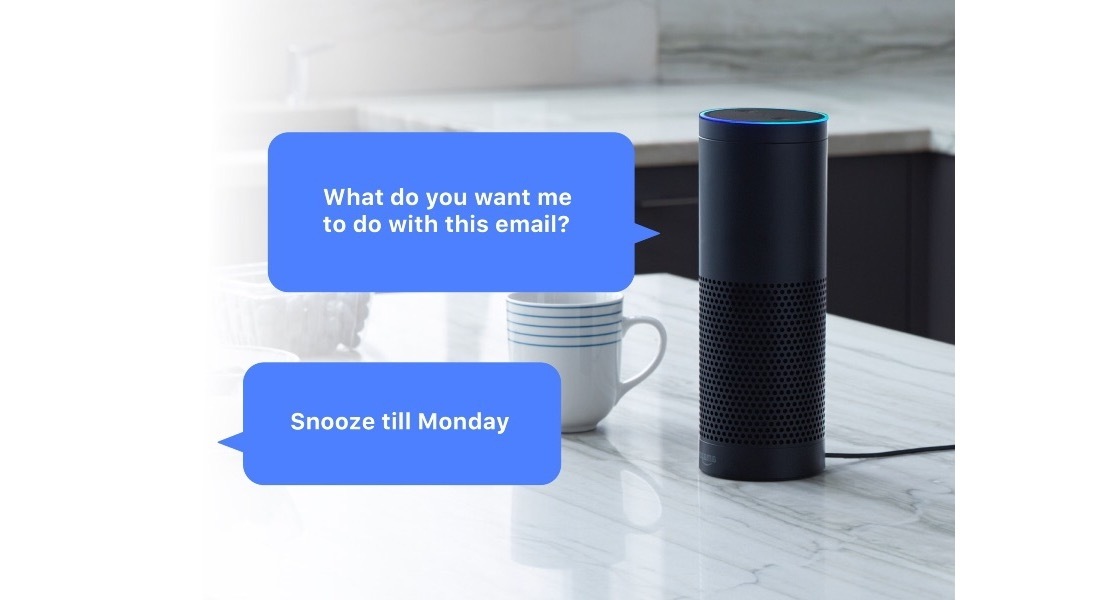In a press release today, Amazon announced the newest feature addition to its Echo devices:
Amazon today announced an all-new Alexa feature that lets you control and synchronize music across multiple Amazon Echo devices in your home. Starting today, you can target music to a specific Echo device or a group of devices—just ask. Soon, this ability will be extended to control multi-room music on other connected speakers using simply your voice.
The feature is currently only available on Echo devices, but Amazon has also announced a couple new tools to help expand Alexa-powered audio to other speakers. There’s a new Alexa Voice Service SDK that device makers can adopt to enable their speakers to play music in sync with Echo devices. That SDK will be made available early next year. And there is also a new set of Connected Speaker APIs, available today, which allow third-party speakers to be controlled via an Alexa-enabled device.
It should be noted that multi-room audio is only available through a handful of music services. Amazon Music, Pandora, iHeartRadio, and TuneIn are available today, while Spotify and SiriusXM support is coming soon.






